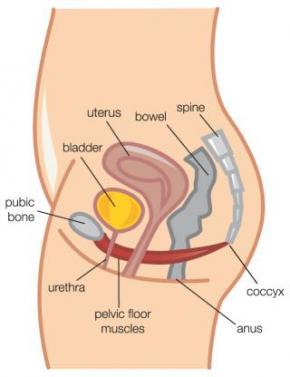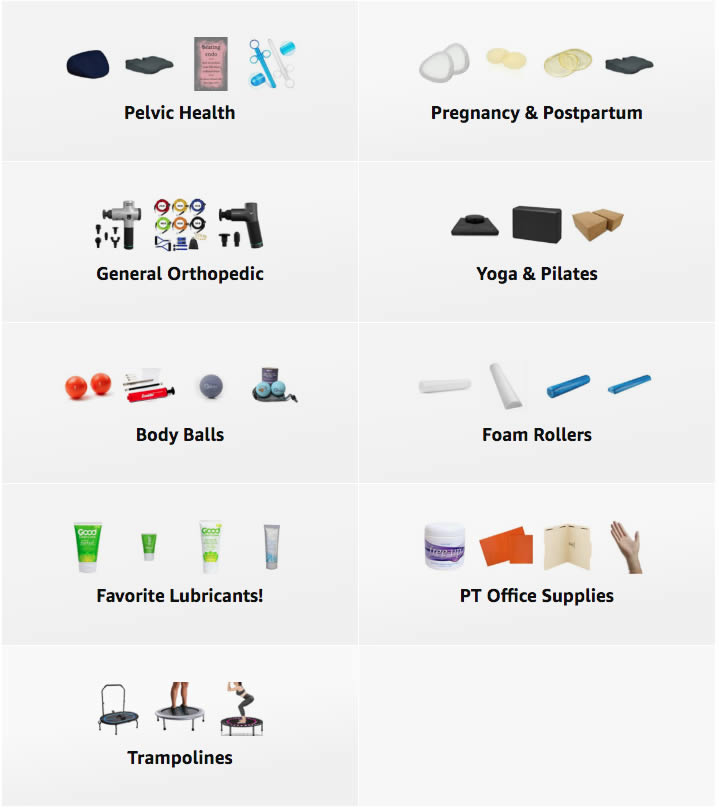Search Our Site
Popular Topics
Meet Our Team
About Heather Jeffcoat, DPT | Los Angeles Pelvic Floor Doctor


Heather and her staff blog about all things pelvic health related
Including male, female, pediatric, transgender and nonbinary chronic pelvic pain, urinary dysfunction such as incontinence, prostatitis, sexual dysfunction, pregnancy, back pain, upcoming events and more.
- Details
- Heather Jeffcoat, DPT
- 11652
In my last post, “Why You Should Be Doing Kegels NOW”, I went over the various diagnoses that tend to benefit most from doing pelvic floor muscle exercises. However, there are MANY issues and diagnoses related to the pelvic floor that are NOT appropriate to prescribe pelvic floor muscle exercises for. In fact, with certain diagnoses, doing Kegels can actually be harmful and counterproductive to your symptoms. When treating patients, physical therapists should always keep in mind that there are proper and improper times to strengthen a muscle. Generally speaking, you should only strengthen a muscle that is weak and overly lengthened. If a muscle in a high state of rest (guarded, hypertonic, in spasm or with limited flexibility), the LAST thing you should do is continually contract it. This will only further shorten/tighten an already short/tight muscle and likely make your problem worse, or at the very least, prevent if from getting better. In the case of the pelvic floor, this could exacerbate symptoms such as painful intercourse, urinary urgency and/or frequency, and more.
Here are the primary diagnoses that I generally recommend avoiding Kegel exercises (and even core strengthening) with, at least in the early stages of treatment:
- Details
- Heather Jeffcoat, DPT
- 5643
I am proud to announce the official book release today of Sex Without Pain: A Self-Treatment Guide To The Sex Life You Deserve. It is available on Amazon.com, iBooks and other retailers.
43% of women will experience pain during sex or other sexual problems – why isn’t this a public health concern? https://www.prweb.com/releases/2014/09/prweb12156888.htm
Join us in helping to increase the awareness of female sexual dysfunction, including vaginismus, vulvodynia, vulvar vestibulitis, overactive pelvic floor and more. You are not alone if you or your loved one are experiencing painful intercourse. There is help!
- Details
- Heather Jeffcoat, DPT
- 9393
Wondering Why You Should be Doing Kegels?
Read on for the whys and why nots
In my early days of being a pelvic floor PT, I was convinced I had the answer to all the woes of the pelvic floor. One word – Kegels. As I’ve developed professionally over more than 15 years, I realized Kegels have their place. However, they are not the answer for all things pelvic floor. They should be used, in general, if muscles are weak because they are overlengthened/overstretched, or in a good place, just weak. There are specific instances when Kegels (also known as PC or pelvic floor muscle contractions) are the answer. I’m a firm believer in doing a Kegel program combined with a core strengthening program that will address the bigger picture. Here’s who should be doing Kegels and why:
- Details
- Heather Jeffcoat, DPT
- 10011
What are Kegels?
Kegels are a contraction of a group of muscles known as "pelvic floor muscles", sometimes referred to as the "PC muscle". PC is short for “pubococcygeus”, the name of just one of the many pelvic floor muscles.
However, over 15 years of practice, I have found that simply telling a patient to “Do Kegels” is usually not enough. Often, women perform pelvic floor exercises incorrectly, or do not do an amount appropriate for their strength levels. This finding has been confirmed by Bump et al in an August 1991 article from the American Journal of Obstetrics & Gynecology, “Assessment of Kegel pelvic muscles exercise performance after brief verbal instruction”. While the article was published quite some time ago, the data is still relevant and referred to frequently in current research studies. The results of that study on verbal instruction were 60/40 (60% could/40% could not perform a pelvic floor contraction or, Kegel, correctly). This article also stated that a very high percentage of women that were doing Kegels incorrectly were not only doing them wrong, but doing them in such a way that they were actually making their incontinence (or light bladder leakage) WORSE (about 25% of the women studied). I have seen this initial frustration with many of my own patients over the years, not realizing before they started physical therapy why they were getting worse. I continue to cite this study, as despite it’s age, it was really revolutionary in identifying why so many women think Kegels do not work.
But I'm a male with incontinence. Should I be doing Kegels, too?
YES! Men have a pelvic floor, too and should absolutely be doing Kegels if there is weakness in that area.
How do I know if I am doing Kegels correctly?
Chances are if you have basic stress, urge or mixed incontinence or light bladder leakage, and see no improvement in your symptoms, you may not be doing your Kegels appropriately. This is not to say that you don’t know how to do a Kegel, but you many not be doing the proper routine based on your strength levels.
How many do I do? How long should I hold them for? There are different types of Kegels?!



























 A Curated List of Excellent Items at Amazon
A Curated List of Excellent Items at Amazon






